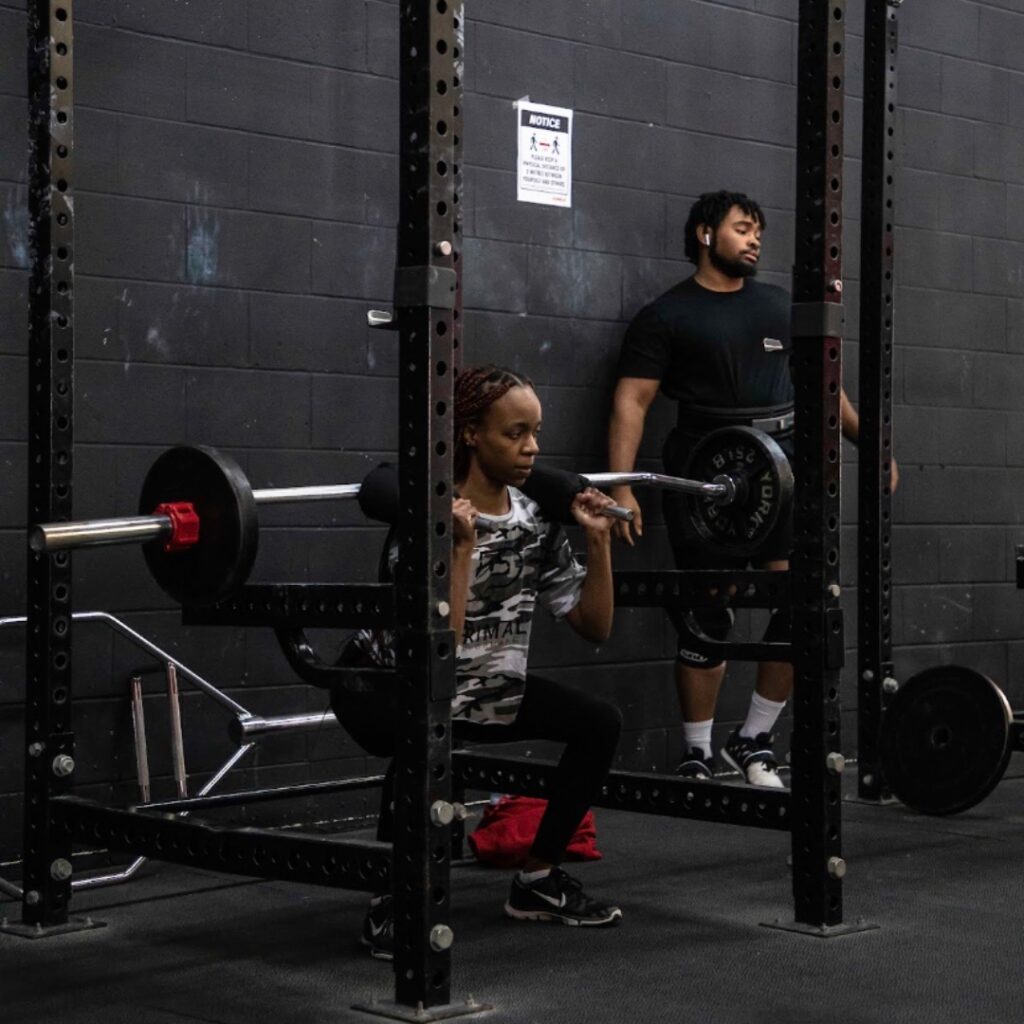Should men and women train differently?
There are often arguments in the industry, sparking debates among the experts on how men and women should train and if there is a difference. No matter the gender of the client, the core scientific principles do apply, but the application will vary based on not just gender, but also training history, goal, leverage and limb lengths, sports they played etc.
Gender is just one of the many variables that need to be considered when creating a program for a client. It is one that you cannot skip past for sure.
There are many variables to consider when training a client and gender is one you need to review, as it can influence certain things. For example, as it relates to individual sports, a female powerlifter can move less weight but can train a lot more often than a male lifter. When we look at team sports, the female vs. male hockey game is a bit different, so if you had an athlete in both, you would have to consider some different things regarding their training.
Men and women are both human, however, their biology and mechanics are different
Testosterone is a very big reason for men and women being so different in the gym and in sports, male’s main sex hormone is testosterone while for females it is estrogen. Both are very powerful hormones but have different affects on the body.
Women do have some testosterone that they produce naturally, but comparatively it is in extremely small amounts. It can be increased through dietary means and supplementation protocols. However, it should be noted that we highly advise against supplementation for testosterone for both men and women.
Men, also like women, produce some estrogen but produce much more testosterone.
It is no secret that testosterone is great for growing muscle and increasing strength. Estrogen is also good for this as well, but testosterone is much more effective in this regard.
We all need both in the proper ratios to function.
Lifting increases testosterone and because of this, many women when they lift heavy see massive changes. One example of this is relation to body fat (it goes down a lot and they tone up quite a bit, however getting bulky does not happen).
This is why women can do great in endurance sports, but if it comes down to something that requires more brute strength and power output, men generally have the upper hand.
Hormones are not the only thing that makes men and women different. They also have a different joint and bone structure in some ways, for multiple reasons. These differences create strengths and weakness for both genders.
Variances in hips and shoulders also play a big part in the sport performance for men and women.
Men are from mars and women from Venus…
There is a difference in the mental aspect from what we have found when training male and female clients. These are just general rules and not to be seen as what it is for each gender exactly.
Men are more prone to push weights and intensity in lifts, men are a bit less open to help and feedback in the gym, and men in general dislike mobility training.
Women are more conservative with weight selection, women generally are a bit more coachable and more open to feedback we have found, and women in general enjoy mobility training.
As you can see men and women are not just different biologically, but also mentally as well. We all know this, however, a lot of fitness coaches still coach and approach coaching both genders the same. They could be better suited to have different coaching strategies around the mental side of the gender differences as well.
What is optimal for men?
More recovery, less frequent training with an emphasis outside of training on recovery and mobility, and cardio to help keep them performing well and stay relatively injury free.
Men will gravitate towards lifting more as it is something that comes easily in most cases. Due to their mechanics, the bench press is a movement most men can do quite well and excel at in training.
What is optimal for women?
Training a bit more often, with more strength loading and heavy lifting, a lot of back training. In addition to this, an emphasis on shoulder stability training due to different shoulder mechanics.
Time of the month and performance in sport for women
No matter the goal, for women, the time of the month will affect their training and physique.
We have found it best to adjust training around the cycle and have recovery weeks or mini- deloads during the time of the month and adjust nutrition as well.
Time of the month is a not a hold back, but it is something you must account for when designing a program for a female athlete. This is even relevant when doing a body transformation, as that week’s pictures and measurements will be much different.
If you do not take that into account, it may really discourage the client or yourself as the person doing it, as all measurements will yo-yo. Without being informed as the coach and educating your client or athlete on this, it can negatively impact them as well as hinder their results.
Genders could learn from each other in some ways
In the gym, men and women stick to what they like, and men really suck at self-care and recovery. Women are generally exceptionally good in that area but are often overly conservative in increasing load in the gym or shy away from more heavy or technical exercises at first.
If the genders switched up some things, that would help each of them in their respective quests for fitness and health and whatever that looks like for each of them.

